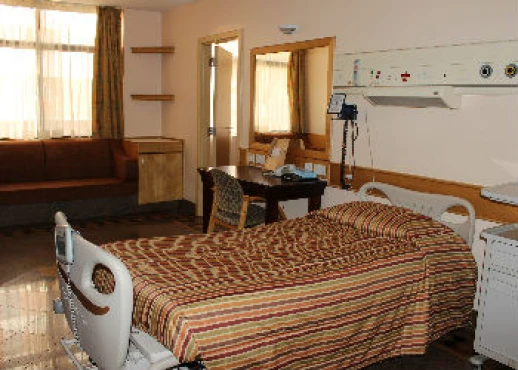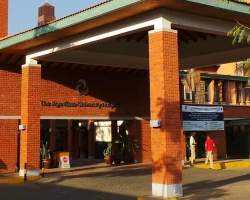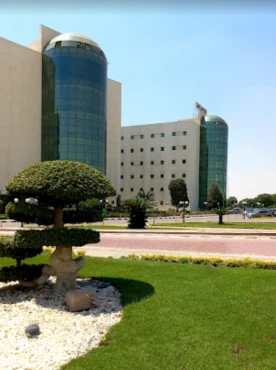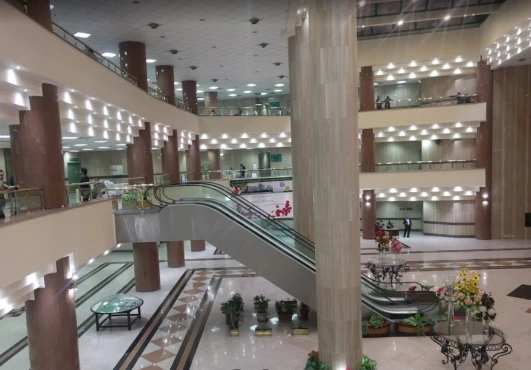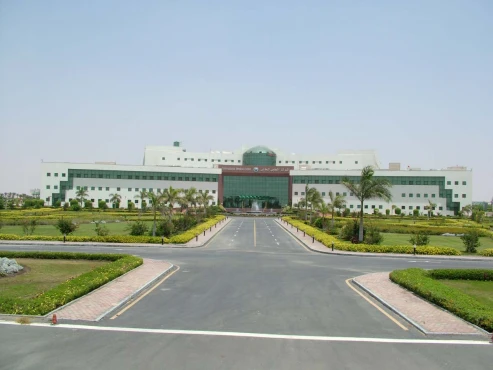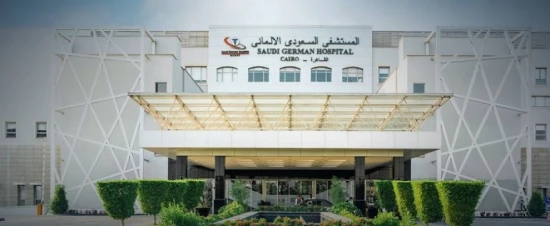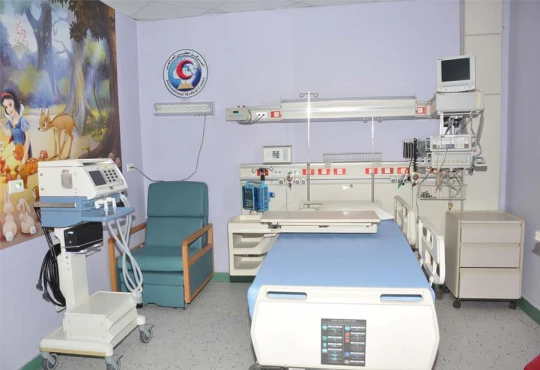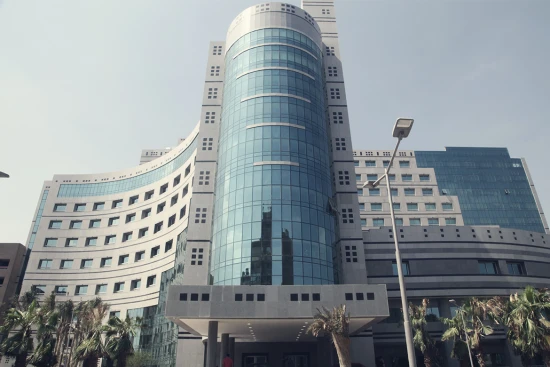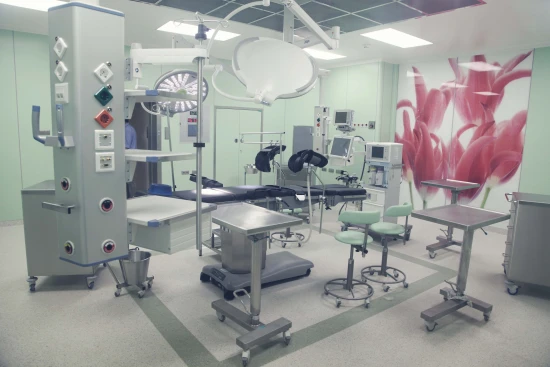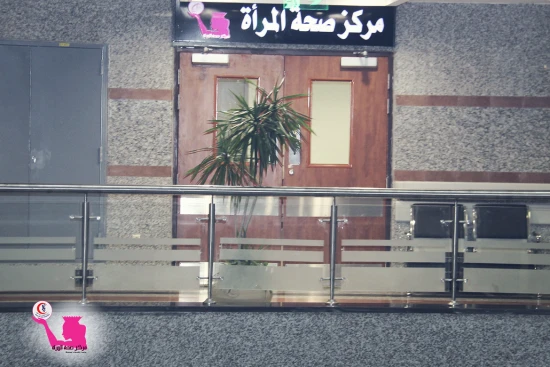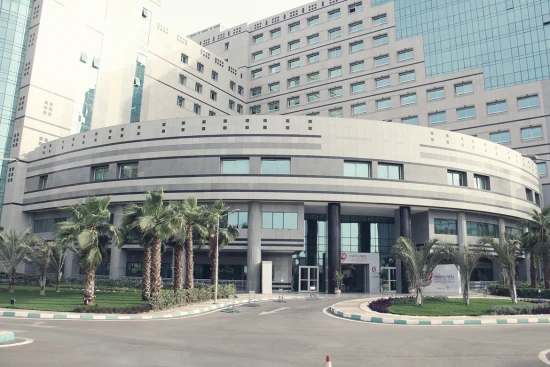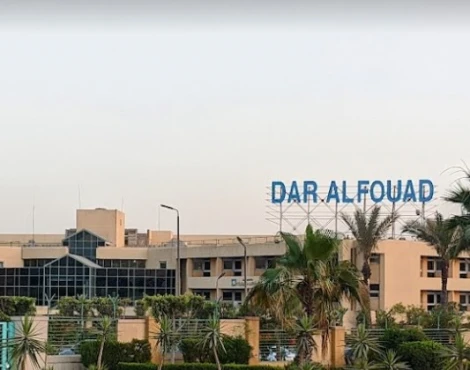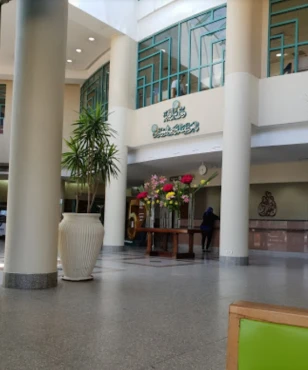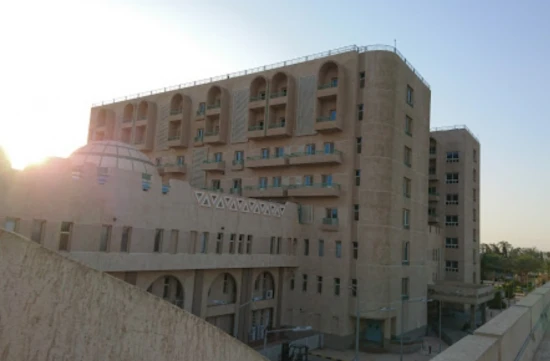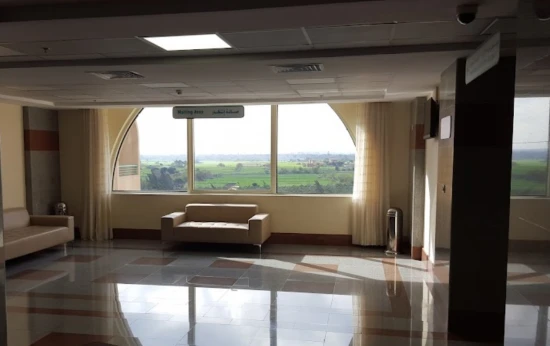Liver cyst treatment in 1 Oncology clinic in Kenya
1 clinic specializing in Oncology providing treatment of
Liver cyst
Liver cysts are fluid-filled sacs that can develop in the liver. They are usually benign and asymptomatic but can cause discomfort or complications if they grow large or rupture. Regular monitoring is essential.
Read more...
disease in Kenya.
Besides this clinic there are 15 Oncology clinics in Africa.
Such diseases are treated by Aga Khan University Hospital: Benign liver tumor, Bile duct cancer, Liver cancer, Liver cyst, Liver metastases, and others.
Sorted by:
Relevance
Rating
Relevance
Prices for popular procedures:
Relevant clinics
Perhaps you should consider the following relevant clinics we have found basing on your Location, Disease filters applied.
Prices for popular procedures:
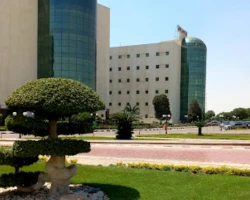
Cairo, Egypt
Specializations: Cardiac surgery, Vascular surgery, Thoracic surgery, Neurosurgery, Spine surgery, Orthopedic surgery, Oncology
We are committed to maintaining and improving the quality of healthcare provided to each patient, and to treating all individuals with Dignity and Respect. We
read more
Prices for popular procedures:
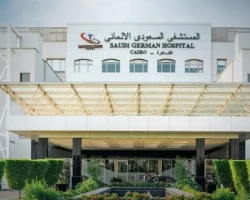
Cairo, Egypt
Specializations: Cardiac surgery, Vascular surgery, Thoracic surgery, Neurosurgery, Spine surgery, Orthopedic surgery, Oncology
Languages: English
SGH-Cairo is the first hospital of the group located in Africa; it is one of the major tertiary care hospitals in Cairo and Egypt. With
read more
Prices for popular procedures:
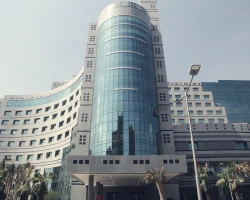
Cairo, Egypt
Specializations: Cardiac surgery, Vascular surgery, Thoracic surgery, Neurosurgery, Spine surgery, Orthopedic surgery, Oncology
Languages: Arabic
The hospital was founded on 1993 as Outpatient's clinics to offer Premium Diagnosis & Therapy, The Inpatient services and Wards was opened in 1997
read more
Prices for popular procedures:

Giza, Egypt
Specializations: Cardiac surgery, Vascular surgery, Thoracic surgery, Neurosurgery, Spine surgery, Orthopedic surgery, Oncology
Languages: Arabic, English
We strive to be recognized as one of the leading quality and safest health care providers in Egypt, Africa and the Middle East. Dar Al
read more
Prices for popular procedures:
Prices for popular procedures:
Countries with the highest number of clinics treating the diseases:
Liver cyst:
worldwide
673 clinics
Germany
40 clinics
Brazil
39 clinics
India
39 clinics
Colombia
27 clinics
Mexico
26 clinics
Related procedures:
Procedures are likely to be used for Liver cyst treatment:
Chemoembolization,
Liver transplantation,
Major liver resection,
Microwave tumor ablation (MWA),
and
Minor liver resection
.


